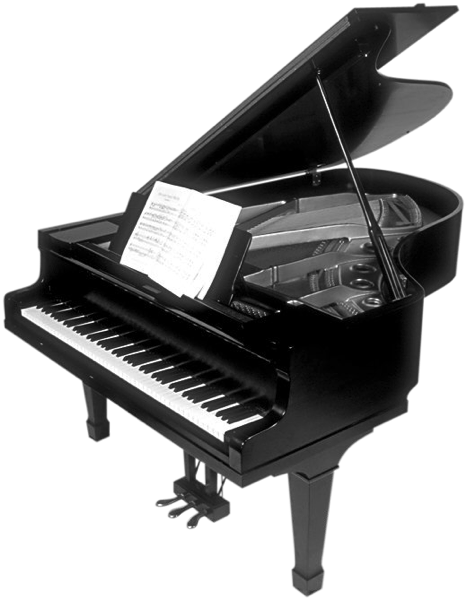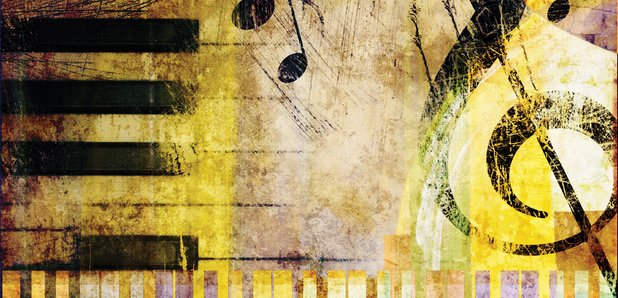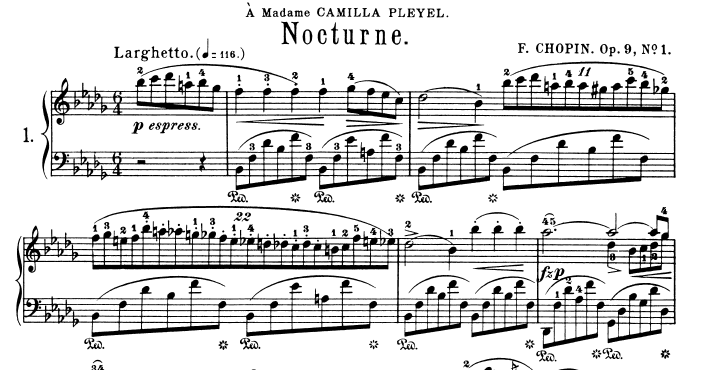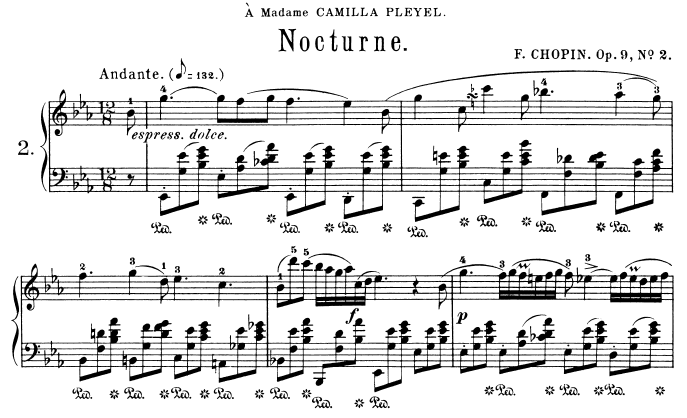The Nocturne (a word which implies music of the “night’) is a Romantic piano genre typified by song-like melodies that are often embellished with each subsequent repetition, and flowing left hand accompaniments. This form was probably pioneered by the Irish composer, John Field (1782 – 1837). But it was Chopin who took the genre to its pinnacle, composing some 21 Nocturnes during his lifetime.
Sometime between 1830 and 1831, Chopin composed his Opus 9 Nocturnes (Bb minor, Eb Major, and B Major), which were the first ones he had published (his two Nocturnes, Op 19 in E minor and Op. 20 in C# minor were composed first, but weren’t published until after his death). He was around 20 years old at the time, and had recently left his native Poland for the last time, spending several miserable months in Vienna, and finally settling into his newly adopted city of Paris. This was a fertile time in his life, as he was filled with a mixture of sentimental longing for his former home together with an unbridled hope for a new life abroad.

The first two of the Opus 9 Nocturnes (Bb minor and Eb major) became audience favorites in Chopin’s day, but have remained among his most popular pieces today as well. Each of Chopin’s Nocturnes is like a poem, song or painting, short yet complete in itself. While most of the Nocturnes are not technically challenging in the way a number of other Chopin compositions are, the challenge for the pianist is to make the melody sing and to flow gracefully together with the accompaniment, and to employ timing and dynamics that breathe life into the piece.
The Nocturne in Bb minor takes advantage of the ringing sonorities of the piano through wide left hand chords, played as arpeggios in a flowing, continuous motion. The melody sounds clearly above the gentle flow, sometimes juxtaposing interesting polyrhythms (such as in the opening measures, where the right hand plays 11 notes to the left hand’s 6 notes, immediately followed by 22 in the right to 12 in the left.
The Nocturne in Eb major is possibly one of Chopin’s most popular compositions, easily recognized by its charming melody and flowing (almost waltz-like) 12/8 rhythm. Chopin must have had a fondness for the piece, for (according to biographer Tad Szulc) he sketched three measures of the piece in the personal album of his first love, Maria Wodzińska, and wrote the words “Soyez heureuse” (“Be happy”).




Recent Comments